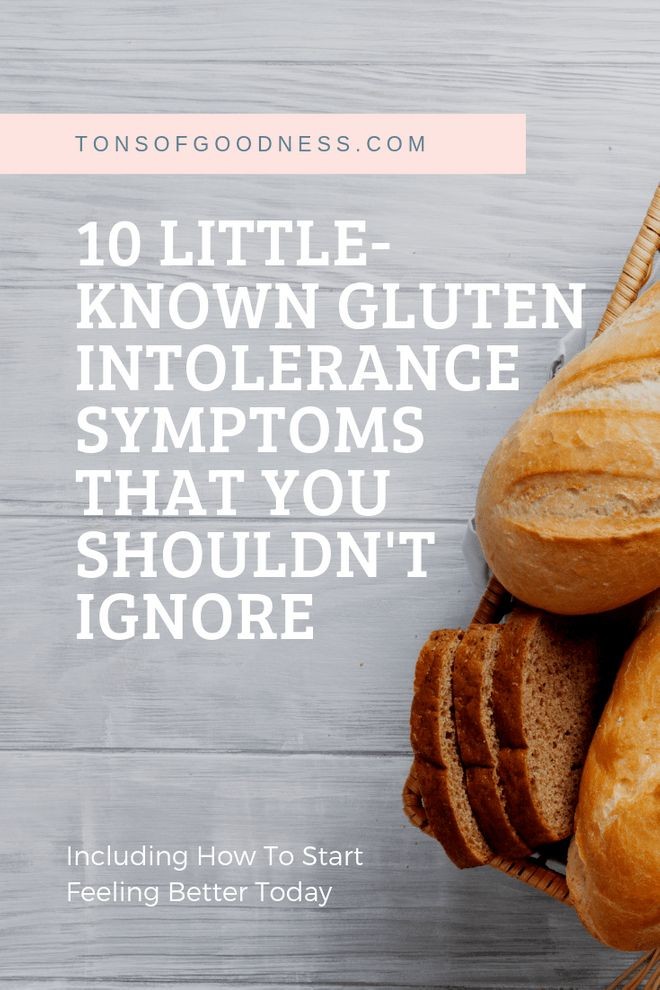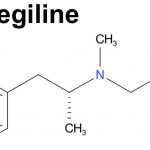
Contents
- 1 First Signs and Symptoms of Gluten Intolerance
- 1.0.1 Who Has Gluten Intolerance?
- 1.0.2 How Does Gluten Intolerance Differ from a Wheat or Gluten Allergy?
- 1.0.3 What is the Low-FODMAP Diet and its Connection to the Gluten-Free Diet?
- 1.0.4 How Is Gluten Intolerance Diagnosed?
- 1.0.5 Is Complete Gluten Avoidance Necessary for Gluten Intolerance?
- 1.0.6 What Should I Know Before Starting a Gluten-Free Diet?
First Signs and Symptoms of Gluten Intolerance
Non-celiac gluten intolerance causes pain, fatigue, or nervous system issues from eating gluten. The first signs of NCGS include bloating, brain fog, depression, and anxiety.
A decade ago, people didn’t know what gluten was or in which foods it was found. Now, gluten-free pizzas are common in supermarkets or at dinner parties to accommodate gluten-free diets.
If you’re experiencing digestive symptoms, you may confuse this condition with other gluten-related illnesses. To determine if a gluten-free diet is right for you, ask yourself the following:
Do your experiences match common gluten intolerance symptoms?
Have you been tested for celiac disease or other autoimmune conditions that run in your family?
How cautious do you need to be when eating out with gluten intolerance symptoms?
Find out more about this condition to decide if a gluten-free diet is suitable for you.
Celiac disease is challenging to detect and diagnose, but the process is straightforward. People with celiac disease have an abnormal immune system response to gluten proteins in wheat, rye, and barley. While not a true wheat allergy, celiac disease triggers the immune system to attack the body.
In celiac disease, the immune system damages the small intestine lining over time. This impairs nutrient absorption, leading to weight loss, nutrient deficiencies, and other serious issues. The small intestine damage can be reversed by eliminating gluten, although the disease itself cannot be cured.
Non-celiac gluten intolerance or sensitivity (NCGS) is more difficult to diagnose, and adopting a gluten-free diet before understanding the condition may not be wise. Although the cause is unknown, many experts believe gluten is a concern for some people without celiac disease. However, the immune system’s response to gluten may differ in NCGS. Patients with non-celiac gluten intolerance tend to experience similar symptoms:
- Digestive symptoms like bloating, diarrhea, or constipation
- Brain fog
- Depression and anxiety
- Muscle and joint pain
- Fatigue
Who Has Gluten Intolerance?
About 1% of the US population has a celiac disease diagnosis, but many remain undiagnosed. Approximately 6% of Americans live with non-celiac gluten intolerance. However, diagnosing NCGS is challenging, potentially inflating or deflating these statistics.
Diagnosis of gluten intolerance symptoms becomes difficult when a patient tests negative for celiac disease, but their small intestine shows signs of damage. Others may have no gastrointestinal issues but experience pain, fatigue, or nervous system problems after consuming gluten. Self-diagnosis of NCGS is common due to the popularity of the gluten-free diet and before formal screening tests.
How Does Gluten Intolerance Differ from a Wheat or Gluten Allergy?
Wheat allergy is an immune system reaction to a wheat protein, causing an invader-like immune response. Unlike the vague symptoms of non-celiac gluten intolerance, wheat allergy symptoms are usually more defined, making it easier to identify the cause. Allergic reactions to wheat may include:
- Hives, itching, and rashes
- Allergy symptoms like a runny nose and sneezing
- Asthma attacks
- Stomach problems like cramps, diarrhea, and vomiting
What is the Low-FODMAP Diet and its Connection to the Gluten-Free Diet?
FODMAPs are simple sugars that the small intestine poorly absorbs, often associated with the low-FODMAP diet. High-FODMAP foods frequently cause stomach symptoms like bloating, constipation, and diarrhea, similar to NGCS.
Many researchers suspect that wheat, which is high in FODMAPs, may be a cause of NGCS for some individuals. If your gluten intolerance symptoms are mainly digestive and other medical conditions have been ruled out, this diet can help identify problematic foods.
QUESTION
How Is Gluten Intolerance Diagnosed?
A physical exam, symptom inquiry, and blood testing for celiac disease, wheat allergy, and related conditions are typically included in diagnosis. If the results are inconclusive but celiac disease symptoms persist, an endoscopy may be scheduled to collect a small intestine tissue sample.
For skin symptoms, a dermatologist may perform a skin biopsy to confirm or rule out dermatitis herpetiformis. Genetic testing can determine the likelihood of developing related conditions. Currently, NCGS is primarily diagnosed through exclusion once celiac disease, irritable bowel syndrome, wheat allergy, and FODMAP sensitivity have been ruled out.
Is Complete Gluten Avoidance Necessary for Gluten Intolerance?
The necessity of complete avoidance depends on symptom severity and identification of underlying causes. If celiac disease or wheat allergy has been ruled out, but you experience stomachaches after consuming wheat bread or pizza, avoiding these products is recommended. Although gluten may not cause physical harm, it can still lead to uncomfortable or debilitating symptoms.
With medical guidance, experiment to determine your tolerance level for gluten-containing foods. For example, can you tolerate the small amount of wheat in soy sauce? How does eating a slice of pizza affect you? Consult with a doctor or nutritionist to evaluate the severity of your gluten intolerance symptoms and determine how much gluten, if any, you should consume.
What Should I Know Before Starting a Gluten-Free Diet?
Gluten-free diets may appear healthy, but they can include as much processed food and poor nutrition as any other diet. Consider the following before embarking on a new eating pattern for weight loss, overall health, or symptom alleviation:
Rule out celiac disease first
If significant health problems arise when consuming gluten, it’s vital to be screened for celiac disease before changing your diet. Screening tests fail to detect issues in those who have long been on a gluten-free diet, so it’s crucial to undergo testing while still consuming gluten, if possible. Mention any symptoms of dermatitis herpetiformis, an itchy and painful skin condition associated with gluten, during your appointment.
Not all gluten-free foods are healthy
Even after ruling out celiac disease, consider the nutritional value of your gluten-free diet. The popularity of gluten-free diets has led to many unhealthy gluten-free junk foods. Beware of processed products and the refined ingredients often found in gluten-free recipes, such as white rice, potato flour, and tapioca starch.
If you don’t have celiac disease, but gluten causes noticeable symptoms, a carefully planned and balanced gluten-free diet can be nutritious. Consult with a doctor to determine if testing for celiac or other gluten-related conditions is necessary before starting a gluten-free diet on your own.
References:
American College of Allergy, Asthma, & Immunology: "Wheat."
Celiac Disease Foundation: "Non-Celiac Gluten/Wheat Sensitivity."
Cleveland Clinic: "Gluten Intolerance."
Gastroenterology & Hepatology: "Health Benefits and Adverse Effects of a Gluten-Free Diet in Non-Celiac Disease Patients."
Johns Hopkins Medicine: "FODMAP Diet: What You Need to Know," "Gluten-Free Diet: Is It Right for Me?" Mayo Clinic: "Celiac disease," "Irritable bowel syndrome."
World Journal of Gastroenterology: "Non-celiac gluten sensitivity: All wheat attack is not celiac."


